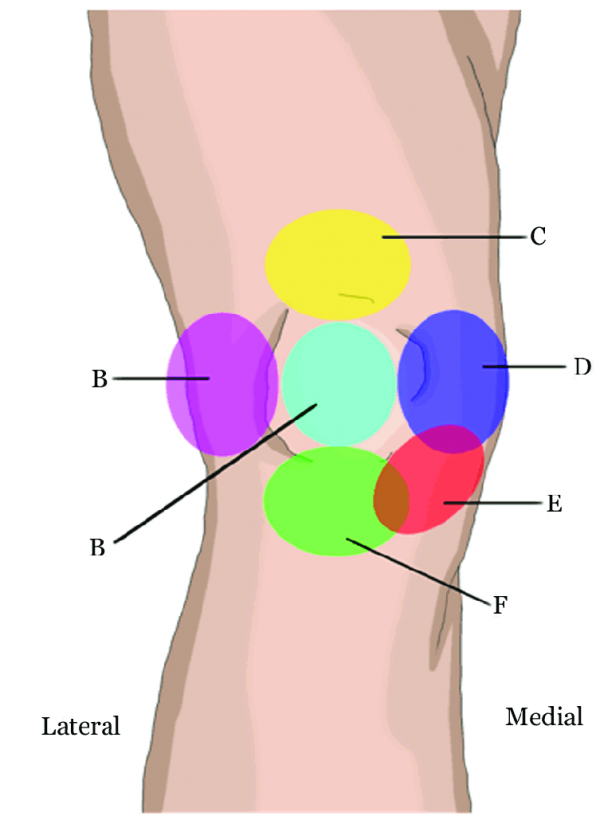

The problem is clearly the patients think they can do more after knee replacement and they are not forewarned to reduce their expectations.This is NOT a realistic expectation for patients to have according to researchers. What is a successful knee replacement surgery? To a patient that would be long-term relief from pain and increased function and mobility. Doctors report knee replacement surgery as a success.Part 2: A large number of people are affected by chronic pain after total knee replacement. Lack of evidence about the effectiveness of prediction and management strategies for chronic postsurgical pain after total knee replacement.Is pre-surgery patient evaluation outdated for predicting replacement failure?.Establishing a precise diagnosis of where knee pain is coming from after knee replacement can be challenging.Painful knee after total knee replacement – what can be done? First, find a diagnosis.Research: Doctors are looking for the causes of pain after knee replacement and it is hard to find.Part 1: Looking for causes of post-surgical knee replacement pain Depression (please see our article Psychiatric disease and joint replacement complications).īelow we will explore research on why patients were disappointed with their successful knee surgery and how their expectations may have not been realistic as to what a knee replacement was really able to do for them.Reduced local pain thresholds, and inability to tolerate pain (see below).Elevated Body Mass Index (overweight/obese).The pain was associated with patellofemoral problems,.
:max_bytes(150000):strip_icc()/kneepainfinal-01-5c633037c9e77c0001d32372.png)
In patients who were dissatisfied on a lesser level: (A sense of abandonment or not being helped). In other words, this caused difficulty in:.The pain was associated with instability in the coronal plane (the centerline from head to foot that marks the front of the body from the back of the body):.

In the most dissatisfied knee replacement patients: That is an obvious statement, but what are the patients dissatisfied with and how can we help them? Here is the study that statement came from, research in the journal Osteoarthritis Cartilage: ( 1) Research: “Patients with persistent pain after knee replacement are dissatisfied.” The surgery came up short of expectations. “The surgery was good.” But as we hear in these patient stories. Some of these people were told that their surgery was a complete success. We see the people who still have pain, knee instability, and also suffer from pain in the other knee from over-compensation among other challenges. These are typically not the people we see in our office.īefore we get into the various reasons people still have pain and problem knees after knee replacement, we want to remind the reader that knee replacement surgery can be a life changer for many people and return them to a high quality of life. Many people have excellent results with their knee replacement surgery. Below we will discuss others but our focus will be on damage to the natural remaining tissue and what solutions can be offered to address this problem. This explanation is one possible cause of post-knee replacement pain. In some people, they become hypersensitive to pain. This nerve irritation can be below or above the knee or along with the kneecap. This unsteadiness and hypermobility will also pull and tug at the ligaments and tendons which will cause the patient a lot of pain. This can be the cause of why a knee wobbles, is unstable, and has become hypermobile. Most often these connective tissues are damaged either by the surgery or by new stress placed on them by the implant. These soft tissues act to help stabilize and move the knee and leg. The knee ligaments help hold the thigh and shin bone in place while the knee tendons attach the muscles to the bone. This is where the surviving knee ligaments and tendons are. Many patients we see with knee pain following knee replacement have pain on the outer sides of the knee. Steilen-Matias, MMS, PA-CĬan we help you with your continued knee pain after knee replacement surgery? In this article we will explore the problems identifying the source of knee pain after knee replacement and how identifying and treating soft tissue damage may be the answer to why you have pain after knee replacement.


 0 kommentar(er)
0 kommentar(er)
